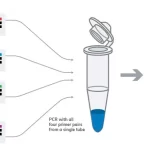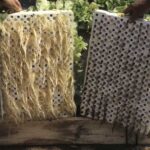ToBRFV and Breaking Resistance in Peppers
This blog continues our coverage of the Tomato brown rugose fruit virus (ToBRFV), but this time, we are giving an update on peppers (mostly bell peppers but also others in the Capsicum genus) and its ability to overcome plant resistance. While this virus primarily targets tomatoes, it’s also a significant concern for pepper cultivation.
What is ToBRFV and Genetic Resistance?
ToBRFV is a highly infectious and rapidly spreading RNA virus that belongs to the Tobamovirus genus. First discovered in 2015 in Jordan, it has since spread to at least 35 countries across four continents, posing a severe threat to solanaceous crops like tomatoes and peppers. Genetic resistance is like having a built-in defense system in plants. Some plants have genes that help them fight off diseases, much like how our immune system helps us fight off colds. Therefore, when a plant has these special genes, it’s less likely to get sick from certain viruses.
Resistance Breaking Ability by ToBRFV
Sometimes, even plants with strong genetic resistance can be affected by viruses like ToBRFV. This happens because the virus can change or evolve in a way that allows it to bypass the plant’s natural defenses. Think of it like this: if the plant’s resistance is a locked door, Tobrfv can sometimes find a new key that opens it. When this happens, the virus overcomes the plant’s genetic resistance and can cause disease.
One of the most concerning aspects of ToBRFV is its ability to overcome genetic resistance mechanisms in both tomatoes and peppers. It can infect tomato plants harboring the commonly deployed Tm-1, Tm-2, and Tm-2² resistance genes and pepper plants carrying the L¹ and L² alleles under certain conditions.
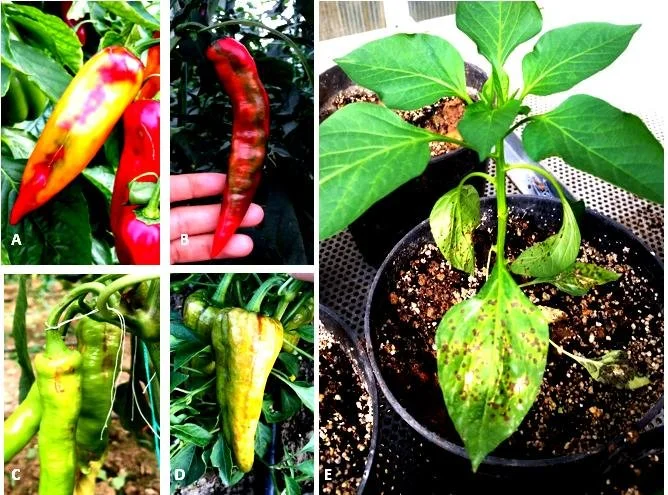
Hypersensitive response: a rapid localized cell death that occurs at the point of pathogen penetration and is associated with disease resistance. Experts think plants do this to stop the pathogen from spreading outwards to healthy areas.
Key Papers to Read:
- EPPO Datasheet: Tomato brown rugose fruit virus. Access pdf here: https://www.semanticscholar.org/paper/EPPO-Datasheet%3A-Tomato-brown-rugose-fruit-virus/b2b48fc3358cc2437be8c80d8395b8804b22b561
- Tomato genetic resistance to tobamoviruses is compromised. https://www.actahort.org/books/1316/1316_13.htm
- Screening of wild tomato species and interspecific hybrids for resistance/tolerance to Tomato brown rugose fruit virus (ToBRFV). https://www.scielo.cl/scielo.php?script=sci_arttext&pid=S0718-58392022000100189&lng=en&nrm=iso&tlng=en
- Tomato brown rugose fruit virus (ToBRFV): Current status and future. Found here https://dergipark.org.tr/tr/pub/mediterranean/issue/53501/705740 (Turkish paper)
- Pepper Plants Harboring L Resistance Alleles Showed Tolerance toward Manifestations of Tomato Brown Rugose Fruit Virus Disease. https://www.mdpi.com/2223-7747/11/18/2378
See how Healthy Hydroponics use Multiplex to help growers make decisions
ToBRFV Symptoms in Peppers
In pepper plants, ToBRFV can cause a range of symptoms, including:
- Mosaic patterns on leaves
- Leaf deformation and curling
- Stem necrosis
- Yellowing and necrotic lesions
However, some pepper genotypes may exhibit a hypersensitive reaction or remain asymptomatic, making early detection challenging.
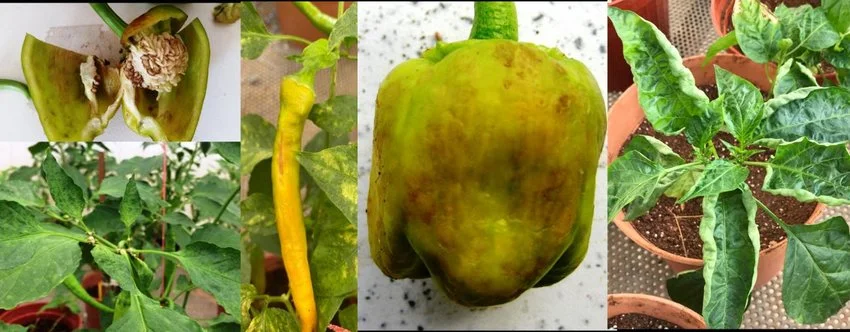
Transmission and Spread of ToBRFV
ToBRFV is primarily transmitted through contaminated seeds and mechanical contact, such as during routine horticultural practices. Therefore, its seed transmissibility and the global nature of seed production and distribution have facilitated its rapid spread.
The paper by Eldan et al. (2022) discusses how the ToBRFV infects tomato and pepper plants, focusing on the virus’s interaction with plants’ genetic resistance mechanisms. Here is what they found:
- In pepper plants with L¹, L³, and L⁴ resistance alleles, ToBRFV caused hypersensitive response but still managed to infect the plants temporarily without causing fruit symptoms.
- In a pepper cultivar without the L gene (L⁰), ToBRFV caused stable infections but did not produce disease symptoms on the fruits, although the seeds were infected.
The study suggests that:
- While pepper plants can tolerate ToBRFV infection without showing symptoms, they can still act as a source of the virus for other plants, particularly tomatoes. So, these pepper plants do not have ToBRFV resistance.
- This highlights the importance of monitoring and managing ToBRFV infections in greenhouses to prevent the spread to susceptible plants like tomatoes.
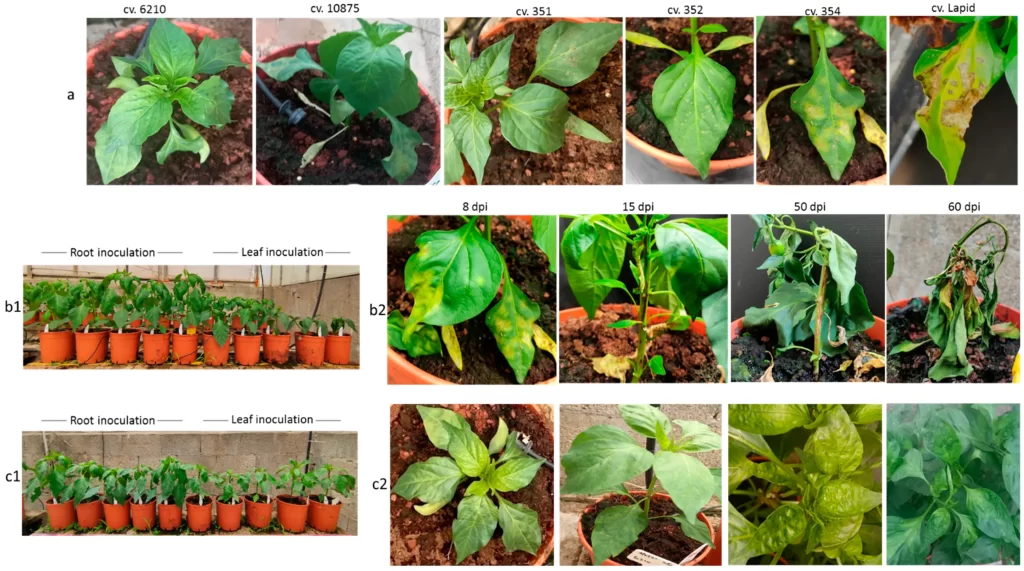
(a) L0 cv. 6210 plants showed yellowing and mosaic symptoms. UD plants and L1 cv. Lapid showed cell death and hypersensitive responses (hypersensitive responses).
(b1) Root and leaf inoculation of cv. 354 plants at 14 days post-inoculation (dpi).
(b2) Progression of infection in cv. 354 plants, showing plant death at 8, 15, 50, and 60 dpi with infected leaves and stems.
(c1) Root and leaf inoculation of L0 cv. 6210 plants at 14 dpi.
(c2) Progression of systemic infection in L0 cv. 6210 plants at 8, 15, 50, and 60 dpi, showing symptom development. Image from https://www.mdpi.com/2223-7747/11/18/2378
Management Strategies for Peppers and ToBRFV Resistance
Unfortunately, there are currently no commercial pepper cultivars with ToBRFV resistance available as of the time of publishing. However, several management strategies can be employed to mitigate the impact of this virus:
- Sanitation and Disinfection: Implement strict sanitation protocols, including disinfecting tools, equipment, and surfaces with effective disinfectants like sodium hypochlorite (bleach) or quaternary ammonium compounds.
- Seed Treatment: Ensure seeds are obtained from reputable sources and treat them with appropriate disinfectants or hot water to eliminate potential viral contamination.
- Monitoring and Scouting: Regularly inspect your pepper crops for symptoms and promptly remove and dispose of infected plants to prevent further spread.
Remember, early detection and prompt action are key to minimizing the impact of this virus. Stay informed, follow best practices, and work together with the scientific community to overcome this challenge.
Other Articles to Read
- Comparison of molecular protocols to detect Tomato brown rugose fruit virus in solanaceae hosts. https://www.researchgate.net/publication/377000152_Comparison_of_molecular_protocols_to_detect_Tomato_brown_rugose_fruit_virus_in_solanaceae_hosts
- Disinfectants effectiveness in Tomato brown rugose fruit virus (ToBRFV) transmission in tobacco plants.https://www.smf.org.mx/rmf/ojs/index.php/RMF/article/view/312
- Characterization of Tomato Brown Rugose Fruit Virus (ToBRFV) Detected in Czech Republic. https://www.mdpi.com/1424-2818/15/2/301
- Tomato brown rugose fruit virus: An emerging and rapidly spreading plant RNA virus that threatens tomato production worldwide https://www.ncbi.nlm.nih.gov/pmc/articles/PMC9366064/
- Tomato Brown Rugose Fruit Virus Pandemic https://pubmed.ncbi.nlm.nih.gov/37268006/
- Disinfectants Useful to Manage the Emerging Tomato Brown Rugose Fruit Virus in Greenhouse Tomato Production https://www.mdpi.com/2311-7524/8/12/1193
Survey of viruses infecting Solanaceous plants and characterization of Tomato brown rugose fruit virus (ToBRFV) infecting pepper in Egypt https://fjard.journals.ekb.eg/article_342111.html
Banner image from: https://dergipark.org.tr/tr/pub/mediterranean/issue/53501/705740
![]()
David Santos is the CMO of Healthy Hydroponics InnoTech


